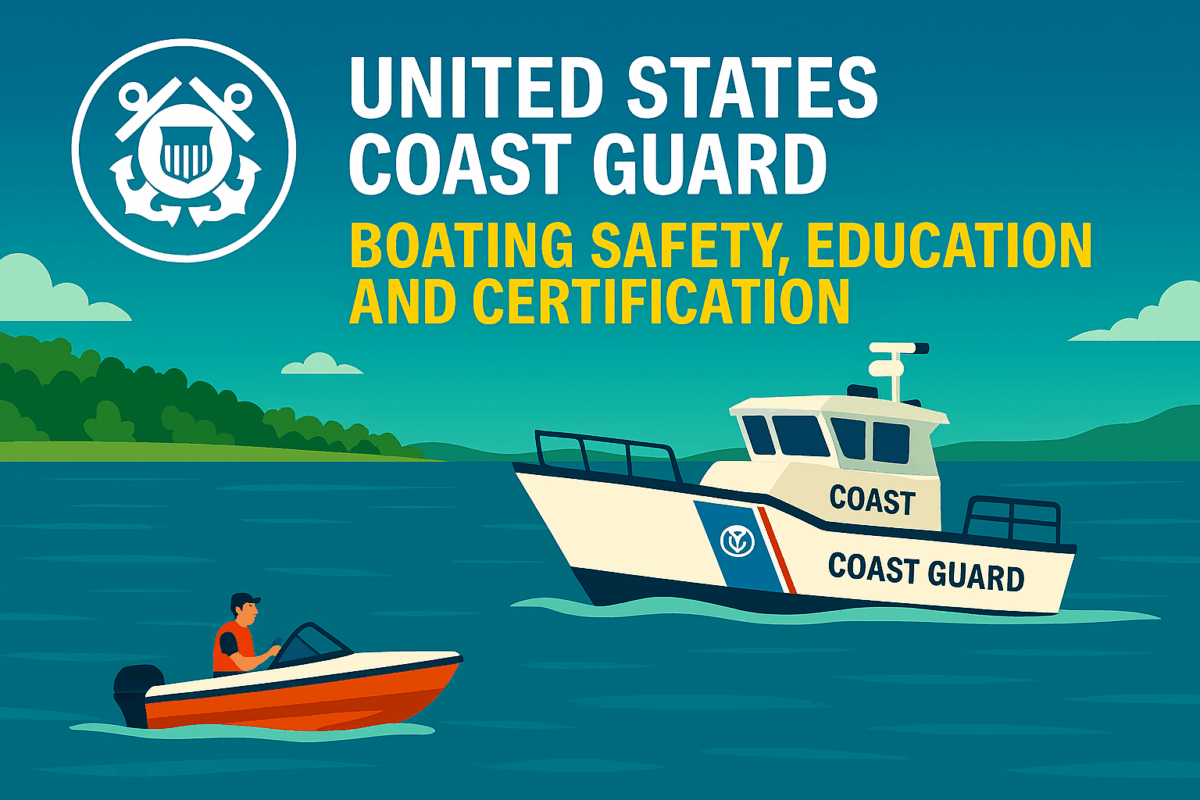Call: 1-800-832-7191

USCG Life Jackets FAQs
USCG Life Jackets FAQs Help Boaters Stay Safe
USCG Life Jackets FAQs provide essential guidance for boaters who want to meet U.S. Coast Guard safety standards. These FAQs explain life jacket types, usage rules, and legal requirements. Because life jackets save lives, understanding these rules is critical. Boaters must carry approved flotation devices for every person onboard. In addition, children under 13 must wear life jackets at all times while underway. The FAQs help boaters choose the right gear and avoid penalties.
Choosing the Right Life Jacket for Every Activity
Different water activities require different life jackets. For example, paddlers need lightweight, flexible options. Meanwhile, offshore boaters need high-buoyancy jackets. The USCG classifies life jackets into five types. Each type serves a specific purpose and environment. Therefore, boaters must match their gear to their activity. The FAQs explain how to identify USCG-approved devices. They also clarify labeling, fit, and maintenance tips. As a result, boaters make informed decisions and improve safety.
USCG Life Jackets FAQs Clarify Legal Requirements
Federal law requires life jackets on all recreational vessels. The number and type depend on vessel size and passenger count. In addition, life jackets must be in good condition and easily accessible. The FAQs outline these rules in simple terms. They also explain state-specific regulations that may differ from federal law. Because enforcement officers check for compliance, boaters must stay informed. These FAQs help boaters avoid fines and ensure passenger safety.
Why Every Boater Should Read about the United States Coast Guard PFDs
Information like this empowers boaters with knowledge that saves lives. They explain how to select, wear, and maintain life jackets properly. Moreover, they highlight common mistakes and how to avoid them. Boaters who read the FAQs gain confidence and peace of mind. Whether you’re new to boating or experienced, these guidelines matter. USCG Life Jackets FAQs support safe, responsible boating across all U.S. waters.
